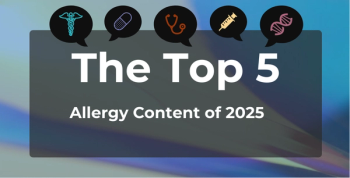
Baltimore Launches Blueprint to Reduce Health Disparities by Half Over 10 Years
The city of Baltimore has released a blueprint for reducing health disparities in the city by half over the next decade. The Healthy Baltimore 2020 plan outlines priorities to promote health and well-being.
The city of Baltimore has released a blueprint for reducing health disparities in the city by half over the next decade. The Healthy Baltimore 2020 plan outlines priorities to promote health and well-being.
The report is the culmination of an 18-month listening tour with representatives of healthcare institutions, community partners, faith-based institutions, local businesses, universities, youth groups, and more.
“We aim to improve health, but we recognize that this is not enough,” Baltimore City Health Commissioner Leana Wen, MD,
The report identified 4 strategic priority areas: behavioral health, violence prevention, chronic disease, and life course and core services. The Baltimore 2020 report notes that the city has one of the top 5 highest rates of overdose (more than the number of homicides); more than 90% of homicide victims are black and more than half are between the ages of 18 and 30 years; less than 1 in 5 children eats the recommended serving of fruits and vegetables; and there is a 20-year gap in life expectancy between neighborhoods in the city.
The mortality rate in Baltimore may have declined in the past decade, but it is still 30% higher than the rest of the state, and it ranks last on key health outcomes compared to other jurisdictions in Maryland.
The report highlights the fact that healthcare alone does not drive health. “Where we live, work, and play each day drives our health and well-being.”
Furthermore, the strategy to create a healthier Baltimore will follow the 3 organizational values:
- Race, equity, and inclusion Health disparities that exist as a result of structural discrimination and racism will be addressed by applying the lens of race, equity, and inclusion to each aspect of the agency’s work.
- Focus on well-being In Baltimore, the health department will apply a trauma-informed approach to its work, recognizing the nature of trauma and its impact on physical and mental health.
- Health-in-all policies Health should be addressed as a critical driver to issues across the city, such as the economy, public safety, and education. This will require working with partners from multiple sectors.
In addition, the report highlights how the work of Health Baltimore 2020 needs to be especially responsive to the city’s youth, behavioral health patients, and vulnerable subpopulations.
Earlier this year, Chicago also took additional strides to address health disparities with Healthy Chicago 2.0, a 4-year plan to improve health and well-being in Chicago’s communities. The plan builds upon Mayor Rahm Emanuel’s original Healthy Chicago plan, which launched in 2011.
“We have made tremendous progress over the past five years, but too many Chicagoans are still being left behind, which is why this plan focuses on eliminating inequities and ensures every resident has the resources and opportunities necessary to lead healthy lives,” Emanuel
Newsletter
Stay ahead of policy, cost, and value—subscribe to AJMC for expert insights at the intersection of clinical care and health economics.







































